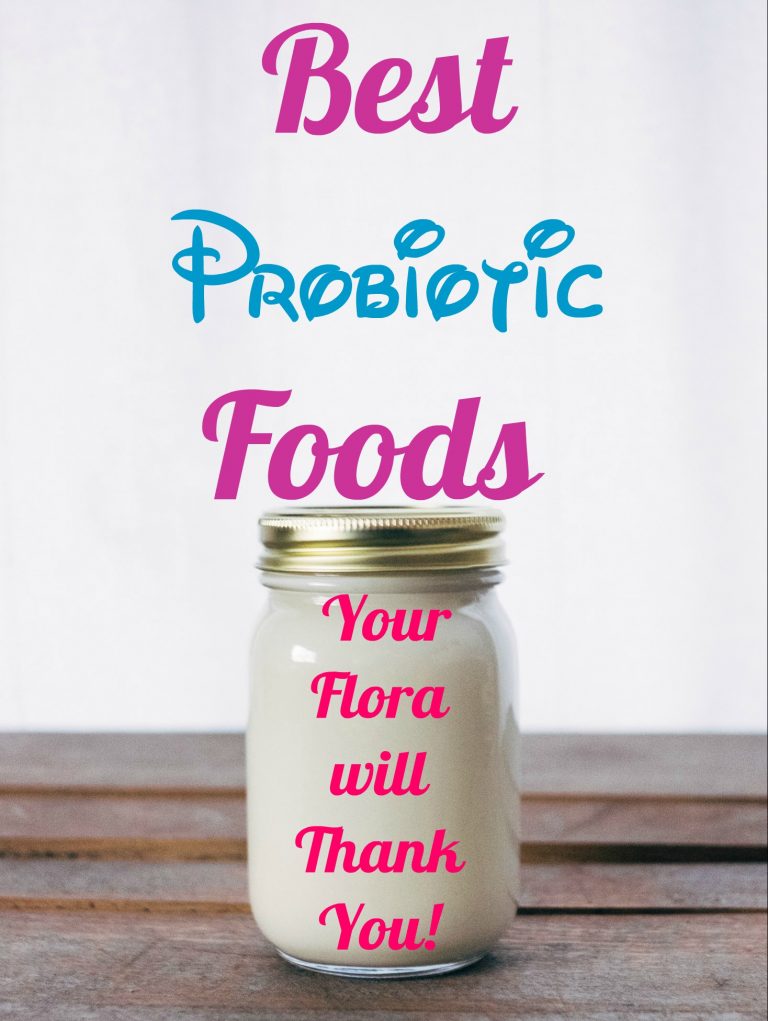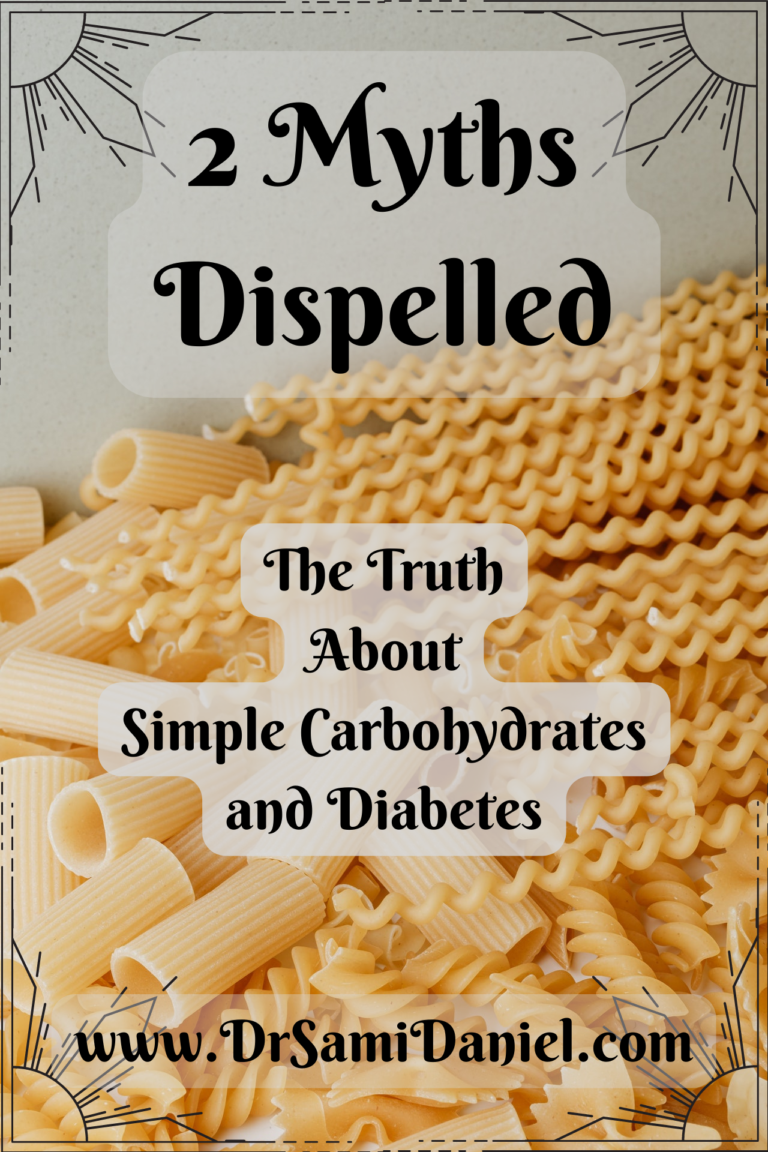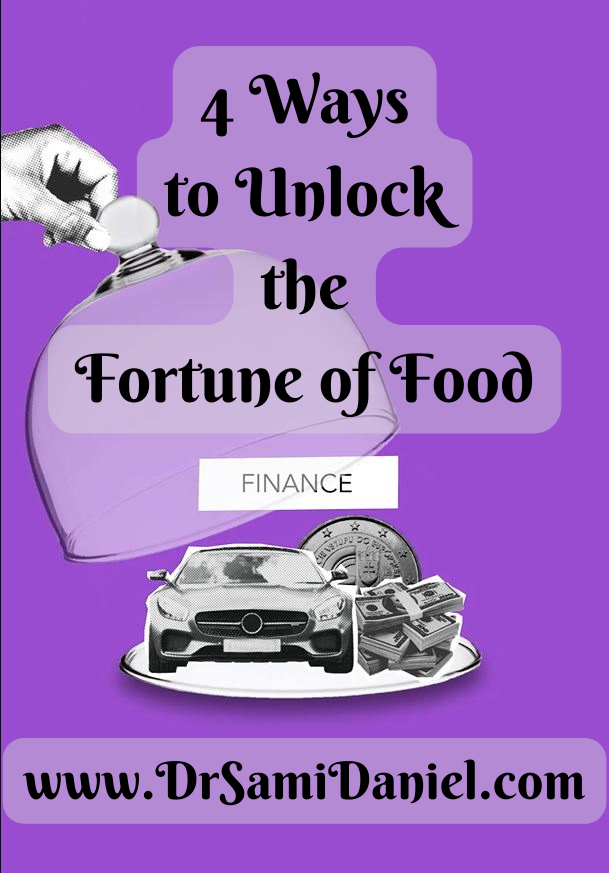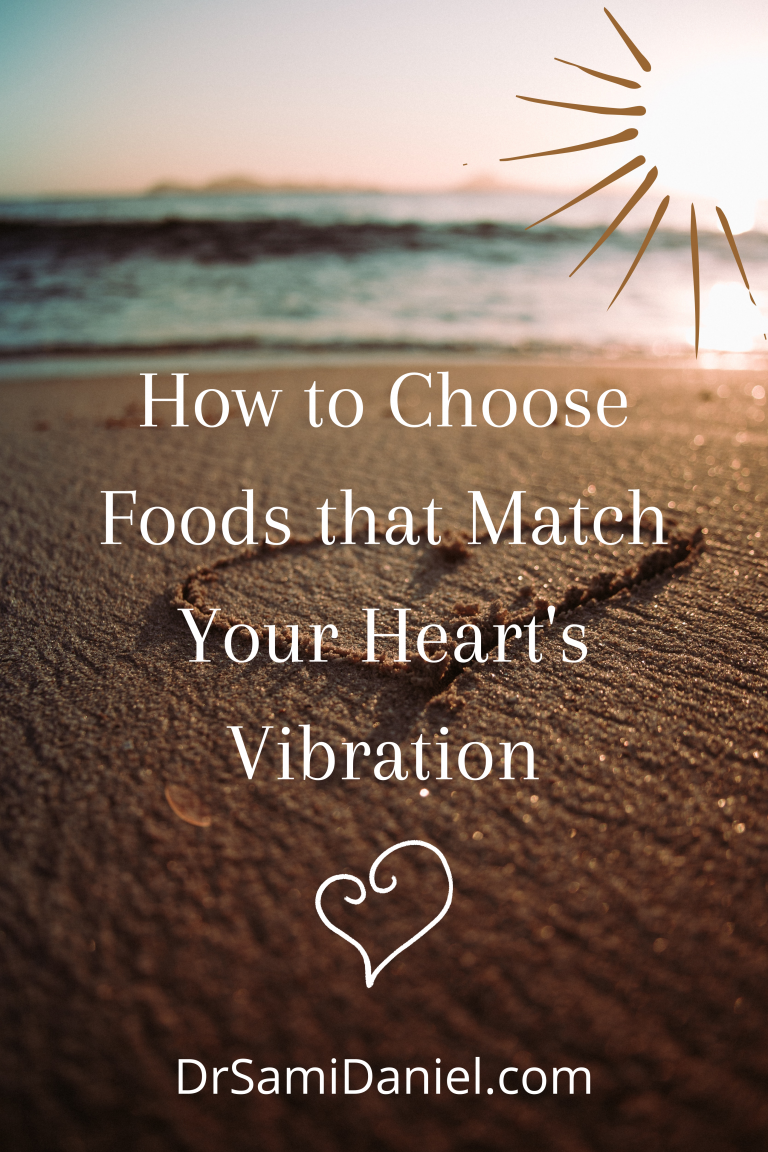Nutrition Facts Beginner’s Guide
The Beginners Guide to Nutrition Facts
-
Everybody wants to be healthy. Everybody knows that reading the Nutrition Facts is important to being healthy. The problem I have noticed is that people get confused with all the noise surrounding these Nutrition Facts. So my goal is to put all that aside. I want to show you how I read the table of Nutrition Facts. It is a very simple way of going through the table. This way you will know the composition of the product easily and quickly.
Servings per Container/Serving Size
-
The first thing beneath the big bold letters of “Nutrition Facts” is how many servings are in the container. Every container has a different size. Therefore, every container can hold a different amount of the product. By itself, servings per container means almost nothing to me. BUT, it helps me understand how big the serving size might be. For example, lets say that there are 24 servings in a container. I could probably try to visualize myself taking a knife and cutting 24 equal pieces of the container. But how do you cut up a container of yogurt? Or pistachios? I feel like they would just spill over and make a mess!
-
I have the same trouble with reading only the serving size. For example, let’s say that the serving size is 1 ounce. I do not really know what an ounce looks like! Every product looks different! I have a hard time telling the difference between 1 ounce of pistachios versus 1 ounce of yogurt. So this number is also arbitrary to me.
-
Therefore I need to relate the servings per container with the serving size. NOW we have meaning! Why? Because the two numbers are complementary to one another. Let’s take our previous examples. A serving size is 1 ounce, and we have 24 servings per container. Simple math tells us that there are 24 ounces of product in this container. This implies that every single ingredient used to make this product must add up to approximately 24 ounces. This also implies that the ratio of ingredients is approximately the same in every single ounce of those 24 ounces. So with fewer ingredients, you know if you are eating more wholesome or less wholesome food in general.
- Let’s press on to what most people are worried about…
Calories
-
We have been taught at an early age that calories are the reason we get fat or thin. For now, I will say that I do not need to count calories if I eat the right foods. Putting that aside for now, Calories are simply a measure of heat. What does this mean? I will give you an analogy. A mile is a measure of distance. A pound is a measure of weight. An hour is a measure of time. Similarly, a calorie is a measure of heat. So please understand that when the media talks about calories in food, they should actually be talking about how much heat that food can produce if we burned it. And when the media talks about how many calories we burn in a day, they are actually talking about how much heat our bodies produce in a 24 hour period.
-
Back to the table of nutrition facts. The calories shown are ONLY for 1 serving of that food. Let’s say every serving is 170 Calories. Going back to the previous example, 1 ounce will have 170 Calories. This means that if we have a container of food with 24 ounces, then that container can produce 4,080 Calories of heat (1 oz x 170 Cal = 170 Cal/oz, 170 Cal/oz x 24 oz = 4,080 Cal). In case you are curious about where I get my numbers, I am looking at the nutrition facts from my bag of pistachios.
Fats/Carbohydrates/Proteins
-
Fats: 1 gram = 9 Calories
- First there is “Total Fat”. This is simply finding all the fat in a single serving size of that product. To get more details, “Saturated Fat” and “Trans Fat” are listed below it. So, what do I get from these facts? I pay attention to the math. Sometimes the Saturated and Trans fats do not equal the Total fat listed! For example, I will use my bag of pistachios. Total Fat can be 14 grams/ serving. Saturated Fat can be 1.5 grams/ serving. Trans fat can be 0 grams/ serving. 1.5 grams does NOT equal 14 grams in my book! So I have to ask myself, “Where are the other 12.5 grams?” Since I am looking at pistachios, I am inclined to assume that the difference in grams is probably because of polyunsaturated and monounsaturated fats (The “healthy” fats). There may also be some Trans fat even though it is listed as 0 grams. I have this in the back of my mind because food companies are allowed to claim 0 grams of Trans fat if there is less than 0.5 grams/ serving at the time of this writing.
- Cholesterol is also listed. Everyone has heard of cholesterol before. Not many people appreciate its healthful nature. Cholesterol is essential to your cells and to hormone regulation. This is not to say that you should load up on cholesterol. But I hope to make you aware that the media may unknowingly villainize things that are not well understood. This can cause problems without proper research first. For now, simply be mindful of the amount of cholesterol in the product and work with your doctor to make sure that your levels are good.
-
Carbohydrates: 1 gram = 4 Calories
- We first see “Total Carbohydrate”. Just like the Total Fat, the Total Carbohydrate also finds all the carbohydrates available in a single serving size of that product. More details are listed beneath it as “Dietary Fiber” and “Total Sugars”. And again, I do some quick math to see if the numbers add up. Total Carbohydrate = Dietary Fiber + Total Sugars. For my bag of pistachios, the Total Carbohydrate is 8 grams/ serving. Dietary Fiber is 3 grams/ serving. Total Sugars is 2 grams/ serving. In my experience, 3 + 2 does NOT equal 8. So I ask myself, ” If 3 + 2 = 5, then why are there 8 grams of Total Carbohydrates?” It seems there are no added sugars to account for the difference.
- There may be things like Soluble Fiber, Sugar Alcohols, and other carbohydrates that do not seem to be listed on my bag of pistachios. Since pistachios are nuts and a fuel source for a plant, I am inclined to think that these missing carbohydrates could be in the form of Soluble Fiber and Complex Carbohydrates such as Starches that the plant may use for food.
-
Proteins: 1 gram = 4 Calories
- This is probably the easiest thing to read. But it also requires me to consider what kind of protein is in the product. In my bag of pistachios, there are 6 grams of protein/ serving. This will be surprising to those of us that think we have to eat meat or chicken to get our protein. But in fact, protein is in plants too! It is an essential part of every living thing to create and use proteins in order to exist! So plants have protein. Animals have protein. Fungi have protein. Even bacteria have protein. Protein is absolutely essential to life!
- Keeping in mind that every living thing has protein, we need to also understand that not all proteins are created equal. The proteins found in pistachios may be different from that found in meat, or yogurt, or broccoli. For now, just keep in mind that protein will help you feel full longer than carbohydrates because protein takes longer to digest. It is also less likely to spike your blood sugar levels which means you avoid that lethargic feeling after your blood sugar levels crash from too much carbohydrates. Avoiding that sugar crash with protein also means that you won’t feel those hunger pangs as soon.
Sodium
- People say that this is salt. And that is only half true. On the molecular level, a salt is when two atoms are attracted to one another like a magnet (this is a VERY crude explanation, but it gets the point across). Sodium is only half of the salt. Chloride is the other half. Both of these atoms are crucial to your good health! But too much can tax your system and cause your heart, blood vessels, and kidneys to go into overdrive. The American Heart Association recommends that we limit our intake to 2,300 mg/ day. Those of us with high blood pressure are recommended to eat less than 1,500 mg/ day. How much is 2,300 milligrams of salt? It is about 1 teaspoon! Which means that 1,500 milligrams of salt is even less than that!
- PLEASE be aware that most of our salt intake comes from restaurants, fast food, and anything prepackaged at the grocery store. So we cannot see or control how much salt already went into our food. We are usually aware that extra salt is bad for you and do our best to stay away from the salt shaker. But the other half of the battle is being aware of how food companies use THEIR salt shaker in your food. Read the nutrition facts on the back of the package and you may be surprised. Knowledge is power. This will enable you to look for more healthy alternatives.
Vitamins/ Minerals
- This list can be utterly confusing because there are words I have a hard time pronouncing or even know! My best advice is to plug them into google and see what comes up. With time, you will know that Riboflavin is Vitamin B2; Thiamine is Vitamin B1; Folate is Vitamin B9. You can also search to see what they do for your body and how they function! But that is a biochemistry lecture that I do not want to get into right now.
- However I do want to focus on those percentages next to each Vitamin and Mineral. What are they? First I will explain something called the “Recommended Daily Allowance”, also known as the RDA. The RDA shows us how much of a vitamin or mineral we need every day so we can be disease-free. If we have too little of a vitamin or mineral, we are said to be “deficient”. This can have various health consequences depending on the type of deficiency (yet another biochemistry lecture and pathology lecture for another time). Now let’s imagine the gas tank of a car and go back to those percentages.
- We’ll pretend that the recommended daily allowance of your car is 1 gallon of gas. Why? Because having 1 gallon of gas will prevent the disease of your car. It will not sputter and struggle to get to its destination and possibly die on you. Therefore, with just 1 gallon of gas, we have met 100% of the car’s needs since it no longer needs to sputter and struggle. So this implies that half a gallon of gas will provide 50% of the car’s daily needs. A quarter gallon of gas will give 25% of the car’s needs. So the car looks to get more gas so that it has taken in the 1 gallon required.
- Here’s the insight: 100% of the car’s needs might be met for now, but the gas tank can hold 10 gallons!!! Or 15 gallons!!! Or 20 gallons!!! Every vehicle is different and has its unique, individual needs. But each of them can avoid the disease of sputtering with just 1 gallon. So 1 gallon meets 100% of the recommended daily allowance!
- You might have realized something with our car. Just because you’ve met the RDA for the day, doesn’t necessarily mean that you have met your personal nutritional needs! The RDA is just a number that gives you an idea of how much you need in a given day to stave off disease. But does that mean you are in perfect health? Maybe a few of us will be. But most of us will struggle to get 100% of our recommended Vitamin B and wonder why we still feel sluggish. In my opinion, we are not filling our gas tanks to the top! We only get what we THINK is enough. Unfortunately, many of us don’t even do that!
- Those percentages next to the vitamins and minerals help us gauge whether or not we are getting enough to be disease-free, but I think we need more to actually thrive!
- A disclaimer to note here: Some people fill their gas tank up TOO MUCH! This also causes clinically significant health issues. So please talk with your doctor to make sure you know what deficiencies you need to keep an eye on. Then follow up with your provider to make sure you maintain your levels in the right range.
The Last Thing You Need to Know about Reading Nutrition Facts
-
The main take-away is this: ALWAYS read the Nutrition Facts. The front label might entice you to pick up a product and is largely unregulated. So food companies market HARD on the front of the package. BUT they are all required to tell you the Nutrition Facts on the back of the package. Do some simple math when reading about servings, fat and carbohydrate content. These findings will help you go a long way in understanding what you consider putting into your body!
-
If you liked this article, please comment and share it with your friends and family! If you have any questions or would like to suggest topics that you would like to read about, please post them in the comments below and I will read them!







